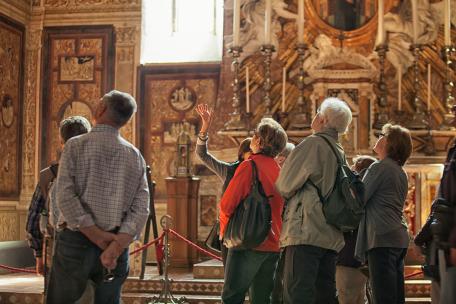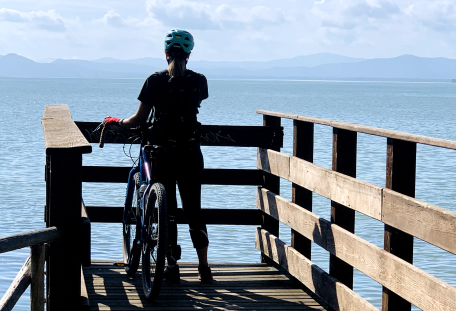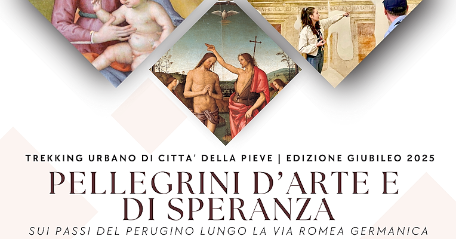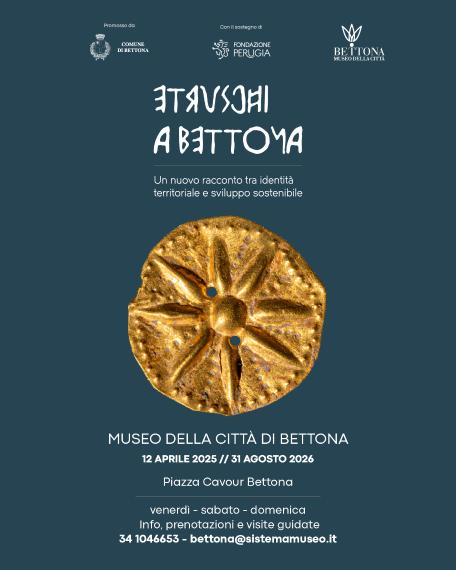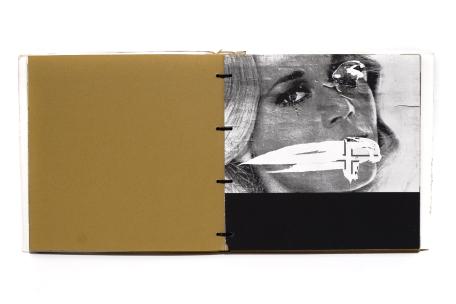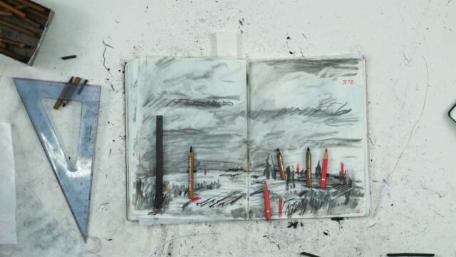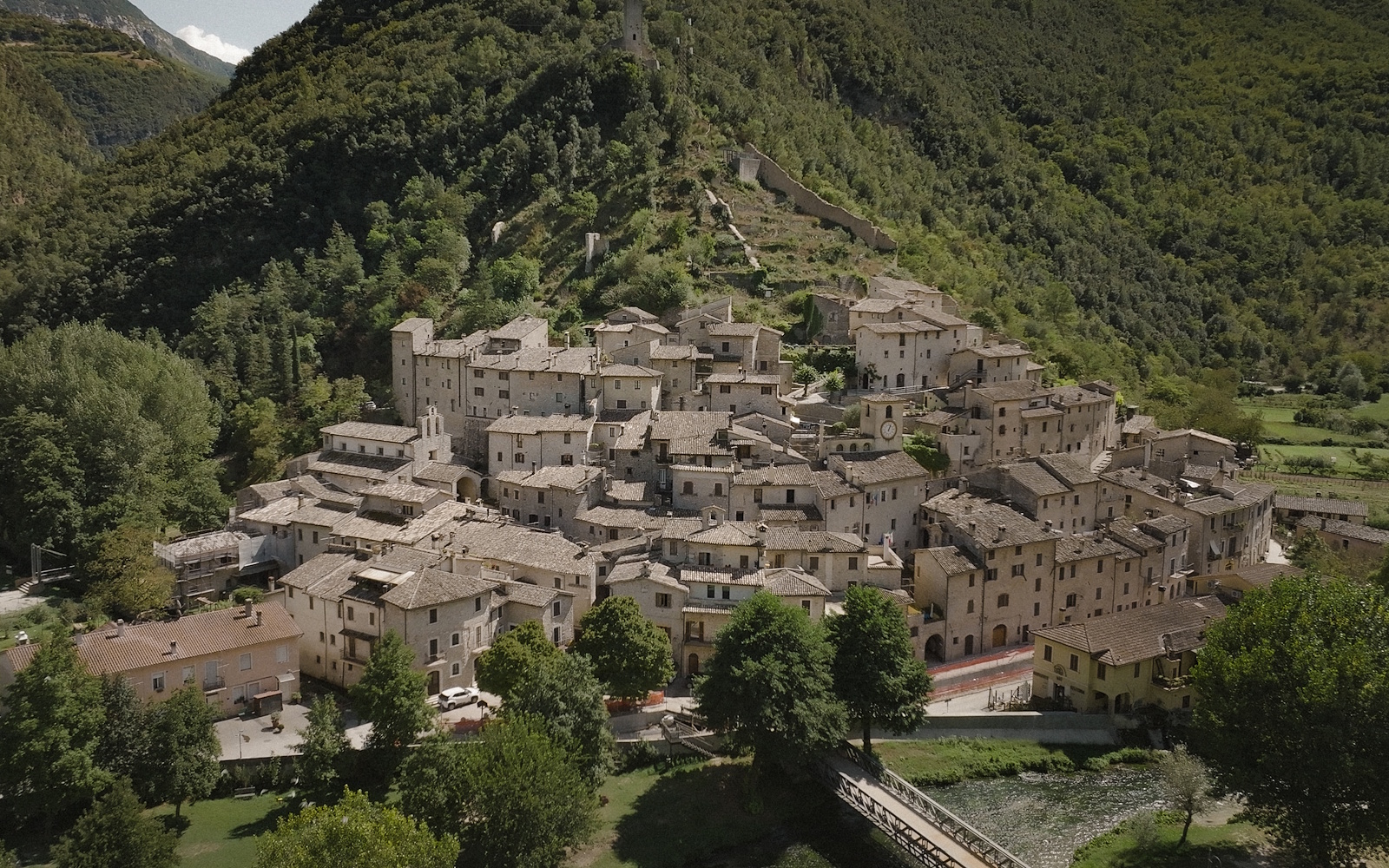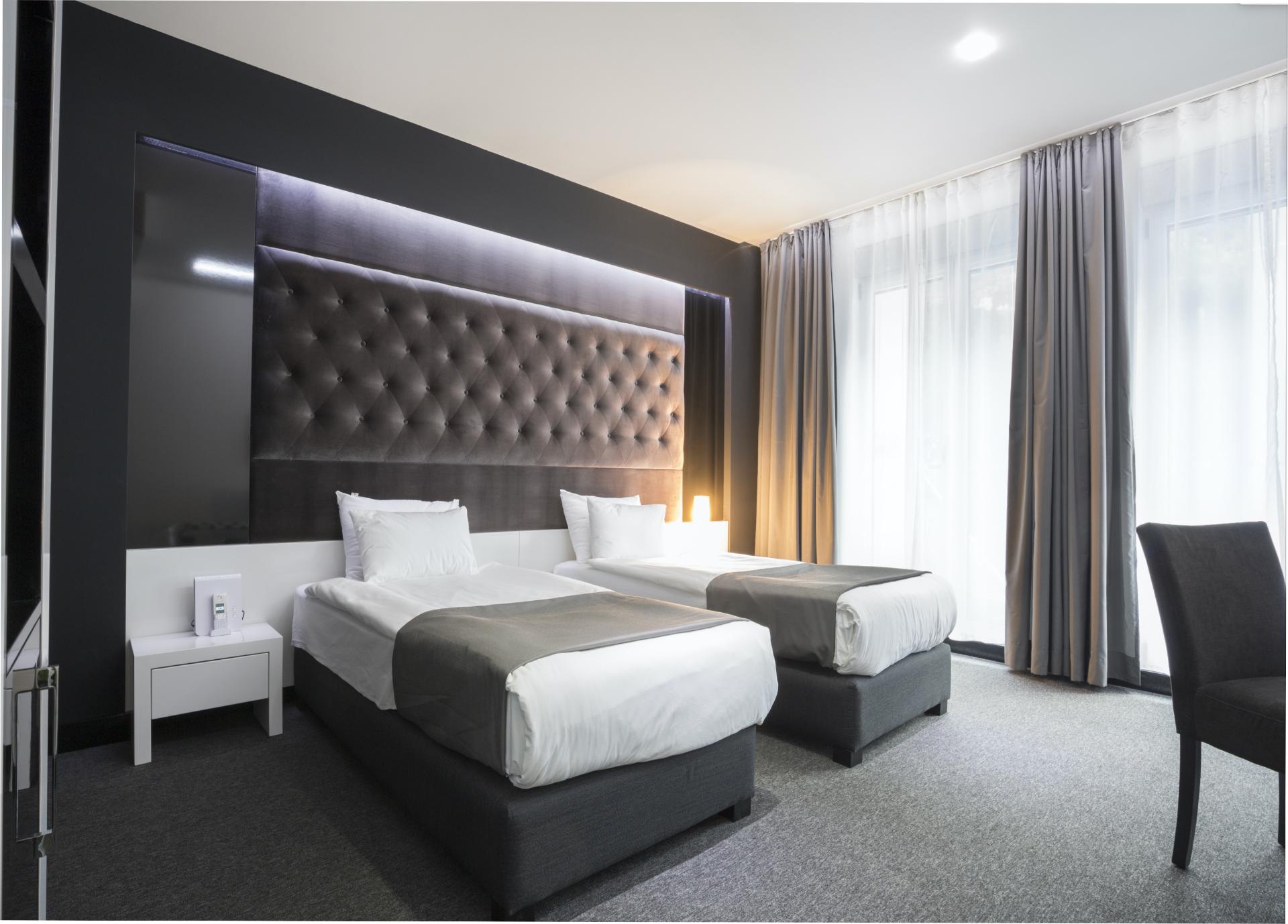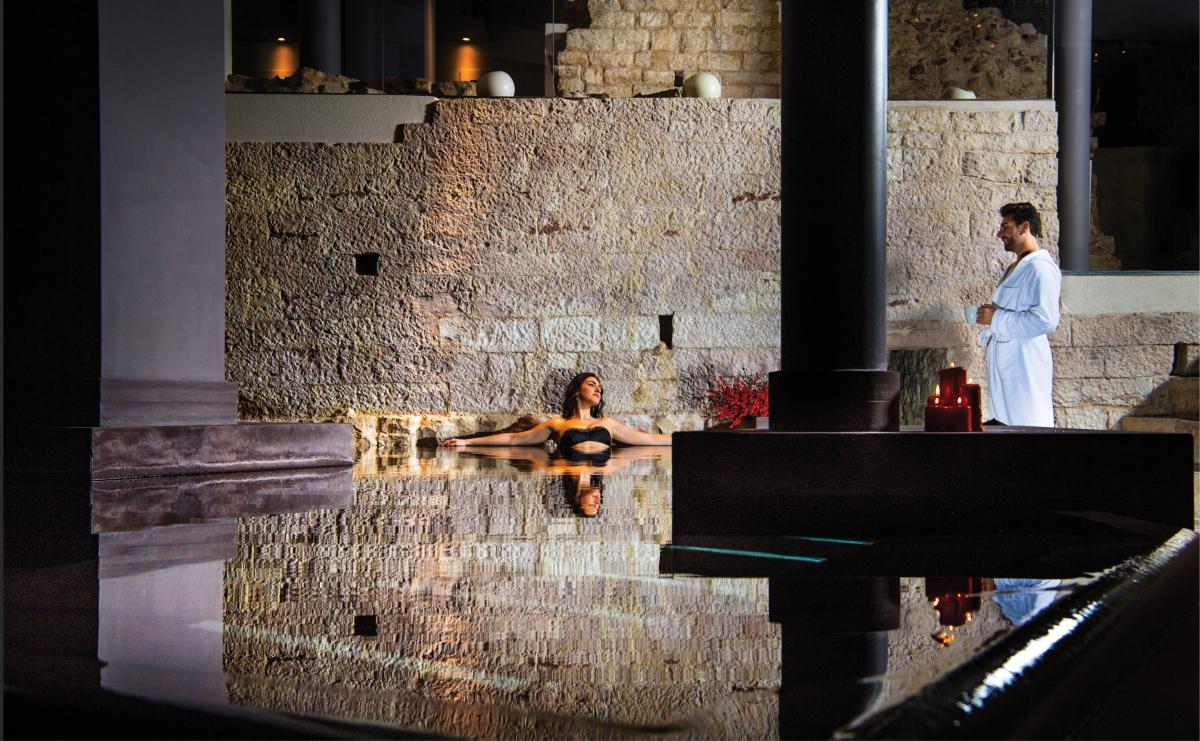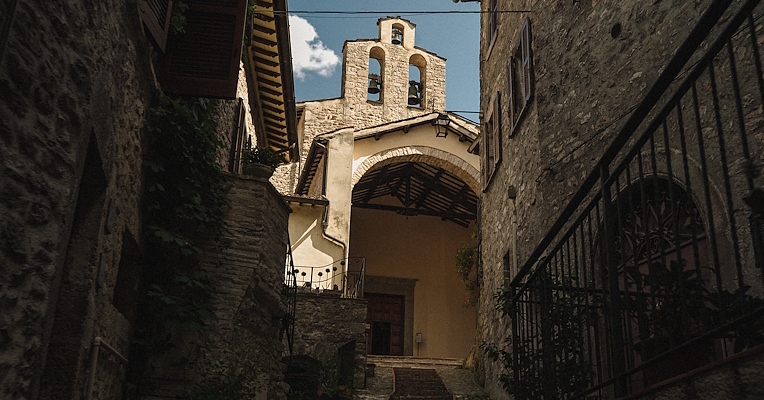In Umbria, every place has a story to tell. This is also true for the small village of Scheggino, located in the south-eastern part of the region, stretching along the banks of the Nera River in the heart of the Valnerina. Developed around a castle and entirely crossed by an artificial canal, the village is set in a landscape of unique beauty. Just a short distance away, the Valcasana springs offer a stunning example of the natural beauty this area has to offer.
HISTORY
The ancient Schiaginum originated as a medieval castle, enclosed by triangular walls and crowned at its highest point by a square-plan watchtower, whose primitive structure can still be admired today.
It was built around the 12th century by the Duchy of Spoleto to protect one of the three bridges over the Nera River, serving as a strategic sentinel. Loyal to the Duchy, Scheggino gained significant strategic and economic importance in the 13th century, despite attacks and raids by the municipalities that rebelled against Spoleto.
Historical chronicles recount a victorious resistance against an attempted siege led by the condottiero Picozzo Brancaleoni in 1522. On 23 July, while the men were away in the mountains engaged in forestry work and the harvest, Scheggino was attacked. The village’s defence was carried out entirely by its women, who fought off the aggressors using any means available, successfully repelling the assault and saving the small town. An itinerant historical re-enactment through the streets of the village is held every year to celebrate this all-female feat.
Scheggino remained under Spoleto’s control until the 18th century, although it enjoyed a degree of autonomy (in 1561, it evem adopted its own Statute).
The oldest part of the village, known as Capo la Terra, dates back to the 13th century and developed around the fortress, probably to accommodate the inhabitants of the nearby feudal castle of Pozzano after its destruction. This original settlement was later expanded, gradually descending towards the valley in the 14th and 15th centuries, with further growth in the 16th century when the village was built along the canal that supplied the local mill.
A JOURNEY THROUGH ITS ARTISTIC AND CULTURAL WONDERS
In the heart of the historic centre, notable sites include the Church of San Nicola, originally built in the 13th century and entirely renovated in the 16th century, featuring remarkable frescoes in the apse attributed to Lo Spagna, and the Church of Santa Felicita, which, despite dating back to the full Romanesque period, surprises with its primitive style, leading to an erroneous early attribution to the Lombard era.
Standing out in the village’s architectural landscape are Palazzo Graziani, an 18th-century noble residence built against the first ring of walls and one of its corner towers, and the Town Hall, housed in a distinctive 17th-century building. The structure features a mansard floor or covered loggia, later repurposed for public use in the 20th century with the addition of a modern civic tower on the right side, complete with a clock and bells.
The historical municipal archive preserves documents from the municipality of Scheggino dating back to the 14th century, as well as records from the now-dissolved municipalities of Ceselli, Civitella, and Monte S. Vito.
At the southern end of Via di Borgo, along the ancient Valnerina road leading to Osteria di Ceselli, lies the 17th-century Porta del Pozzo (Gate of the Well), named after a nearby natural spring. At the opposite end of the street stands Palazzo Profili, a recently restored 18th-century noble residence, which still retains its original main entrance, atrium, courtyard with a ninfeo (fountain structure) and staircase leading to the upper floors. The building originally included a garden at the front, along with a greenhouse and a fishpond.
Beneath one wing of Palazzo Profili, the 16th-century Porta Valcasana opens onto what was once part of the Via del Ferro, the road used for transporting materials from mines and ironworks. This route connected Scheggino to Monteleone di Spoleto, passing through Caso and Gavelli. The road was enhanced in the 17th century under Pope Urban VIII, thanks to the efforts of Cardinal Fausto Poli of Usigni.
The area outside Porta Valcasana is rich in natural springs and aquatic vegetation, so much so that since the early 19th century, it has been designated as a public park.
WHAT TO SEE AND DO NEARBY
The stunning Valcasana springs, which emerge just a short distance from the village, are a prime example of the breathtaking scenery found in this area and an ideal destination for water sports enthusiasts.
Scheggino is also a stop along the Via di Francesco (Saint Francis’ Way).










